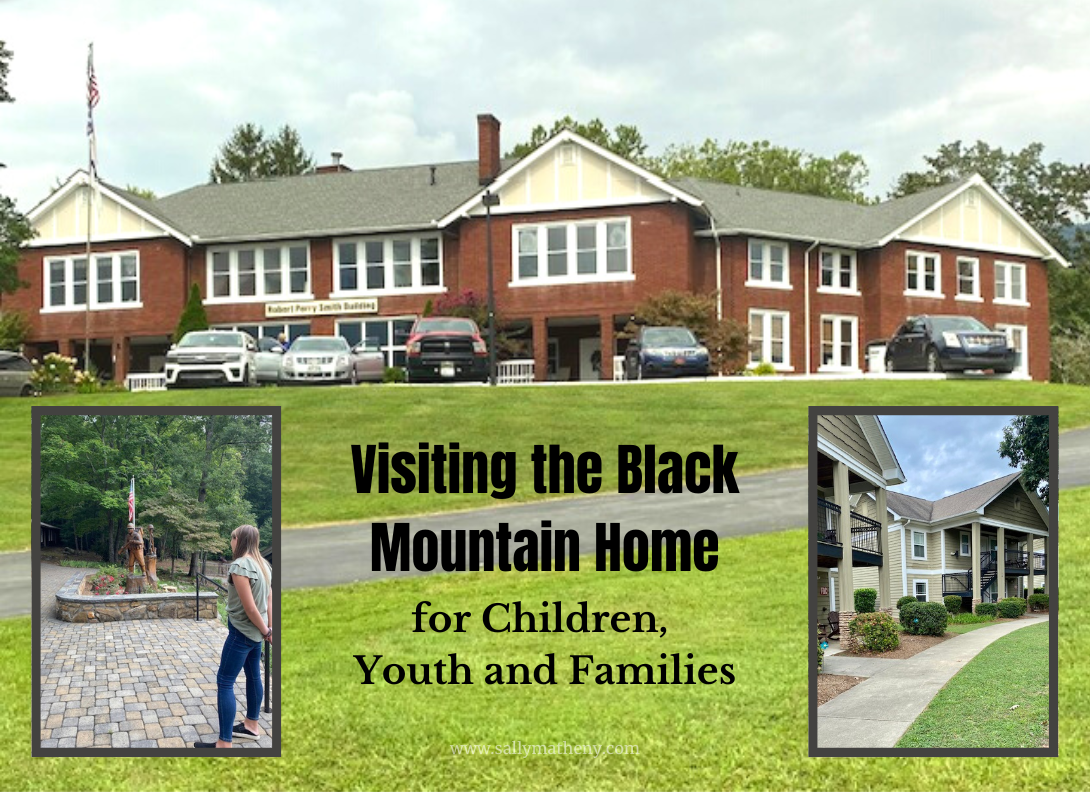
Visiting the Black Mountain Home for Children
Have you ever heard of the Black Mountain Home for Children, Youth & Families?
Several years ago, my family attended a birthday party there. The place captured my heart and I’ve been wanting to go back to the BMH since.
Recently, the opportunity arose for me and my teen son to tour this private, 501(c)3 nonprofit organization. Located in Black Mountain, North Carolina, the BMH is a gorgeous place filled with amazing opportunities. I’d love to share with you about what took place on our visit with the hope of you being able to visit someday.
A Warm Welcome
We learned the BMH hosts a monthly connect event. It’s free, but you must sign up online via their website.
When we arrived at the dining hall on their west campus, we were pleasantly surprised with a bag full of goodies and informational materials. Plus, we enjoyed delicious coffee and scrumptious raspberry scones prepared for us by the Home’s culinary students. People can sample some more of their talented baking in the Thirteen Pennies Café located on campus near their thrift store.
While we enjoyed our light breakfast, we learned more about the Home via a power-point presentation.
What is the Black Mountain Home (BMH)?
“When children are in need of out-of-home placement, BMH can meet those needs through all the stages and phases of their growing up years. From infants born prematurely or with addictions, to young adults working toward an educational or career goal, the ministry provides a safe, supportive home for youth of all ages and stages.”
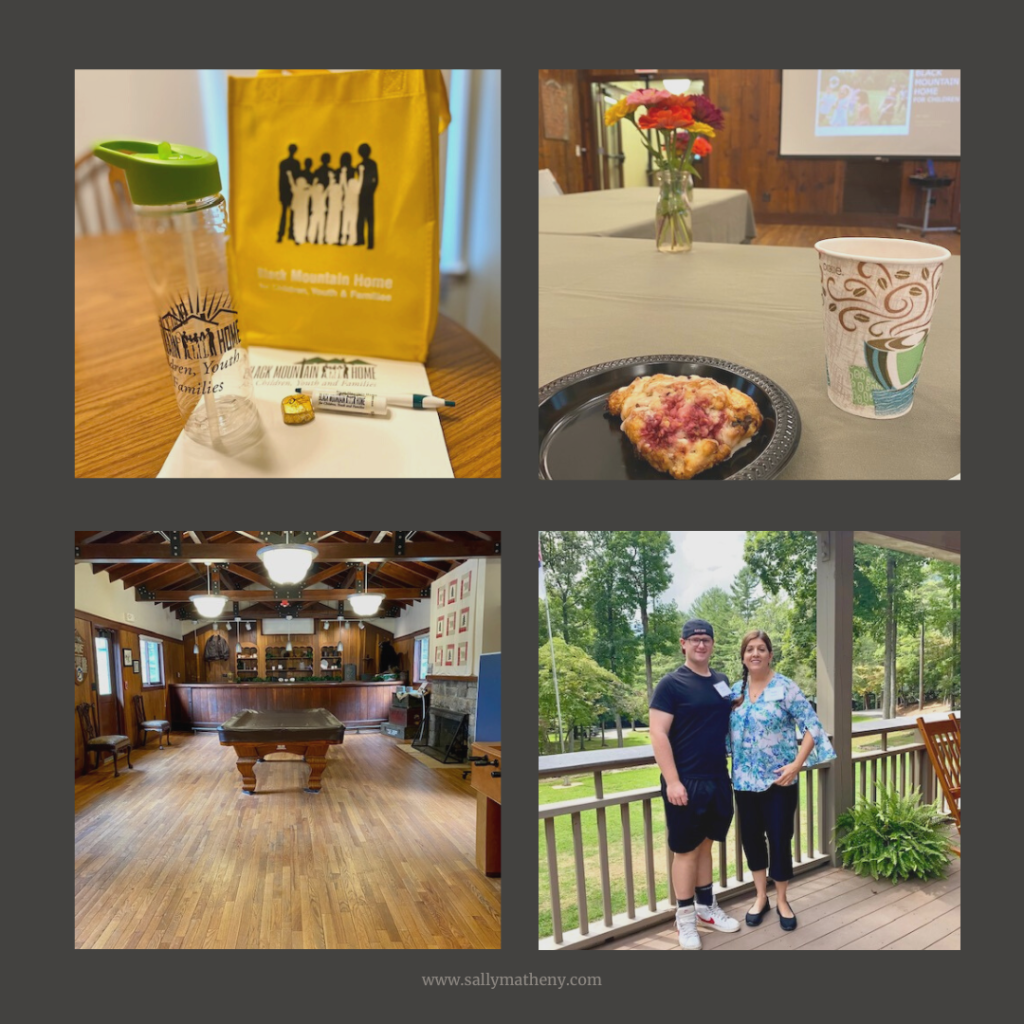
The History of the Black Mountain Home
If you know me, you know I love hearing stories of old, especially those about God doing extraordinary things through ordinary people. One of those is the founder of BMH, Rev. Robert Perry Smith.
In 1863, Smith was twelve years old when his father died in the Civil War. Although he worked hard to help his mother care for his siblings, his family was poor. Nonetheless, Smith was able to attend college and seminary.
Decades before organizing the orphanage, Rev. Smith served as the president of Presbyterian College in Clinton, SC, as a pastor in western NC, and then as the Superintendent of Home Mission Work in the Presbytery of Asheville.
Then, on January 19, 1904, Reverend Smith “opened the Mountain Orphanage-a little four-room cabin in the Crab Tree community of Haywood County, NC.
Smith and a local teacher, Lucy Smith Hare, rode out on horseback to find orphaned children and bring them to the little cabin.”
The Presbytery assisted the operation of the orphanage with $20 a month–$10 served as salary for the housemother and another $10 went to meeting the needs of the children in care. The Presbytery’s funding was supplemented by donations from individuals. The first individual donation was given in April 1904 by Hazel Johnson. Only a child herself, she gave Smith 13 pennies to support his vision.”
The Veterans’ Memorial Terrace
After we listened to the presentation, followed by a short Q & A time, we were then escorted outside to view the Veterans’ Memorial Terrace.
Near the end of WWII, while waiting for the return trip home, German prisoners of war were brought on campus to build beautiful rock work there. They built two wings of the dining hall, a fireplace in each, and a stone oven above the terrace.
Also to be admired on the terrace, are the military statues carved from trees. I’m not sure who carved the statues. But, there is a plaque near them in memory of a former Black Mountain Home board member, Andy Andrews, who served in the US Army during WWII. He fought in 26 battles, including the Battle of the Bulge, and was awarded four Bronze Stars and four Purple Hearts. The plaque said, “He often used his wartime experiences to share his faith, especially with young people.” I wish I could’ve heard him speak before he passed away in 2016.
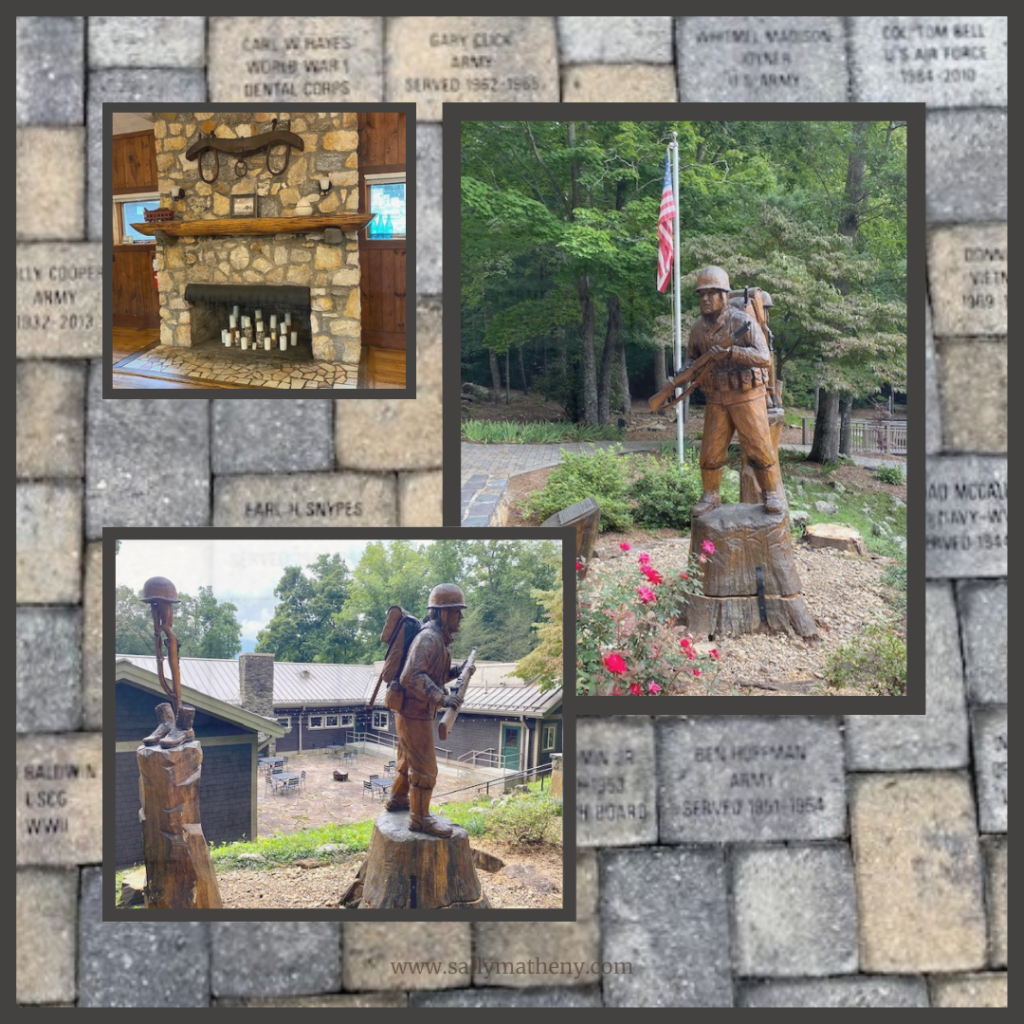
The Growth of the Black Mountain Home
The Mountain Orphanage began its ministry taking in children whose parents had died or disappeared. Over time, they outgrew their facilities and moved to new locations. Finally, they settled on nearly one hundred acres in the Swannanoa Valley near Black Mountain.
The orphanage’s services evolved over time as did their name. The Home’s name changed to the Black Mountain Home for Children, Youth & Families in 2011.
According to their website, the Black Mountain Home works with multiple county departments of social services including: Buncombe, Burke, Haywood, Henderson, Jackson, Macon, Madison, McDowell, Mitchell, Rutherford, Swain, Transylvania, Yancey and other counties throughout Western North Carolina.
Currently, their programs include:
- Family foster care in the local community
- Cottage care on the campuses of Black Mountain and Pisgah Forest, NC
- Transitional Living providing life coaching for teens
- Independent Living for older youth continuing their education beyond high school or working toward a specific career goal through an Apprenticeship Program
- Lifelong Living for those with learning or cognitive challenges who will need support as they move into adulthood
Visiting the Different Homes
After we viewed the Veteran’s Memorial Terrace, we boarded a very roomy, air-conditioned van and continued our tour of the BMH.
The children’s privacy is well-respected so we only saw the cottages from a distance. However, since the transitional living and one of the independent living accommodations were vacant, we were able to look inside those.
We were so impressed with the services provided and with the beautiful facilities. Many youths who age out of the foster care system find life extremely challenging without a support system. The BMH saw this need and did something about it. The youth in their programs are faring much better than the norm.
Eighty-nine percent of the teens in [their] care have earned a high school diploma (as compared to the national average high school graduation rate of 50% for teens in foster care).
-Black Mountain Home for Children, Youth and Families
We sensed BMH sincerely cares about the individuals who enter their care. The kids there are not viewed as at-risk, but are referred to as “children at promise.”
What Else We Saw on Campus
As we continued to be chauffeured around campus, various places were pointed out to us. The original orphanage building now houses offices for staff members. We also saw the old gymnasium, the beautiful farm land with the Home’s beloved animals, several cool statues, an RV park for volunteer workers, the thrift shop, the café, lots of fun playgrounds, and more.
After the van tour, we returned to the dining hall. The blessings continued to overflow as the culinary team had prepared for us a delicious lunch—salads, cupcakes, and a to-die-for Bacon Bread!
During our visit, not once was a donation requested. But, after visiting a place so special as the Black Mountain Home, we’re thinking of various ways we can be a source of encouragement.
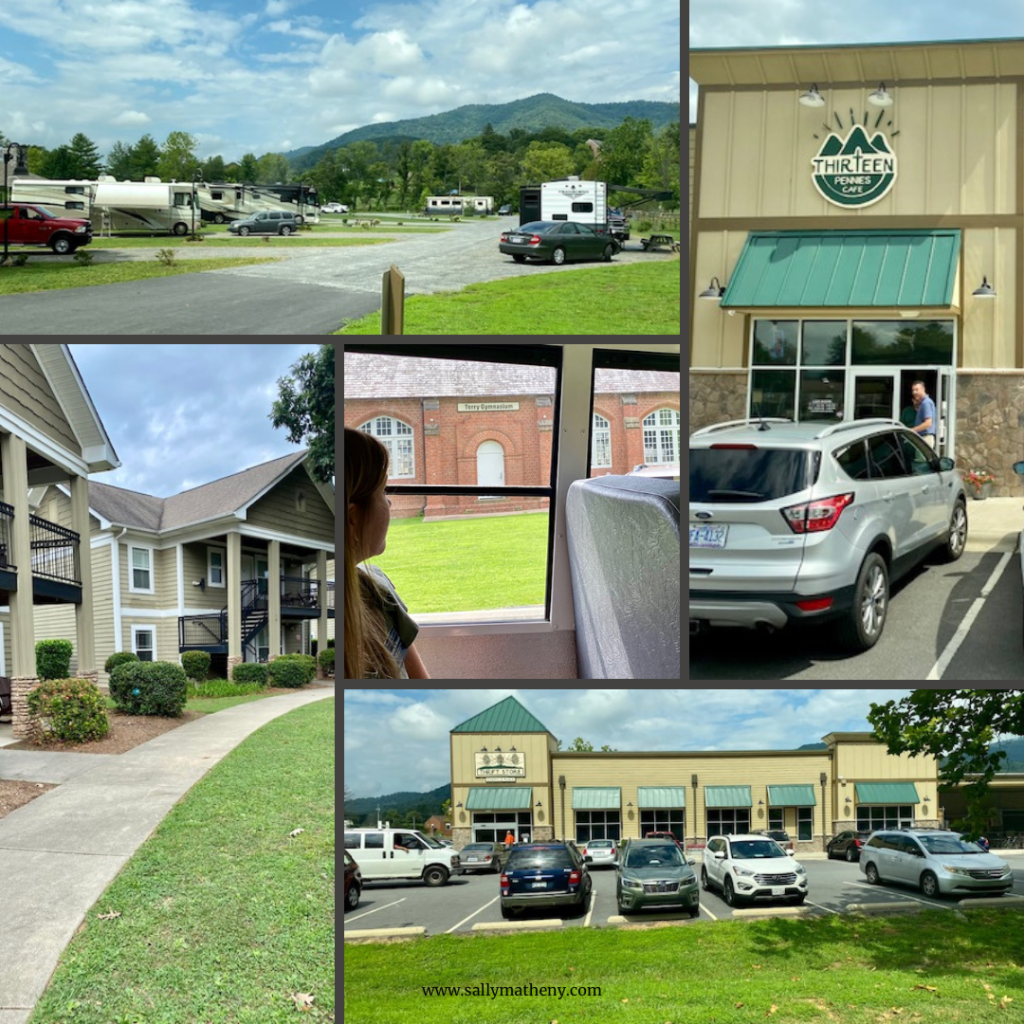
Visit the Black Mountain Home for Children, Youth & Families
If you have the opportunity to visit the Home, I surely hope you will. They host monthly tours like what we experienced. Plus, they hold an annual fall festival!
Annual Fall Festival – October 8, 2022
The BMH says, “Join us for our signature event, including our renowned basket auction, live music, car show, games for the kids, wagon rides, a pumpkin patch, and so much more! This is a fun day for all ages when we showcase our campus and ministry, open our cottages for tours, share a behind-the-scenes look at what God is doing in the lives of our children.”
Want to help? Please call Kristen Terlitsky, Community Relations and Events Coordinator, at (828) 686-3451 or email Info@BlackMountainHome.org if you would like to:
- Donate a basket or other item for our silent auction
- Donate fall themed decorations, pumpkins, straw bales, etc.
- Show your classic car
- Become a sponsor
Other Ways to Connect with the Black Mountain Home for Children
Even if you can’t attend the festival, there are numerous other ways you can connect with this wonderful ministry. Visit the Black Mountain Home for Children, Youth and Families website to learn more about volunteer and employment opportunities and the various ways you can make a difference in the lives of these children and youth.
Source:
“Black Mountain Home History.” Black Mountain Home, Black Mountain Home, https://www.blackmountainhome.org/about-us/history/.
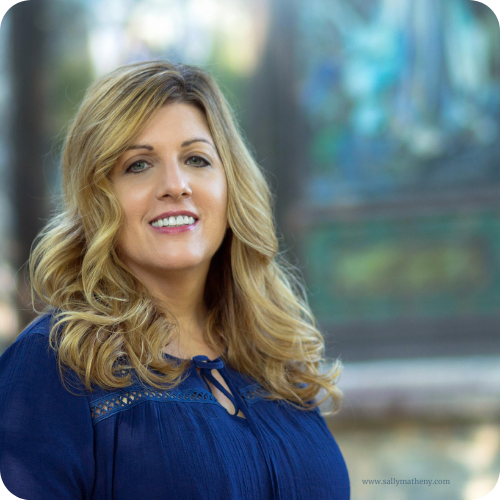
A freelance writer, Sally Matheny’s writing is published in worldwide, national, regional, online and print publications including Appleseeds, Clubhouse Jr., Homeschooling Today, and The Old Schoolhouse.
As a blogger and speaker, Sally encourages families to use the power of story, history, and His Story to tell the next generation wondrous things.
Connect with her on several social media sites, but her favorite hangouts are at SallyMatheny.com and Pinterest.


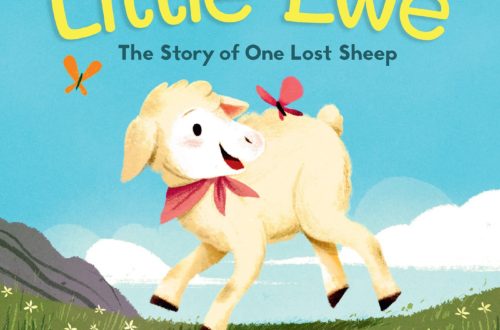

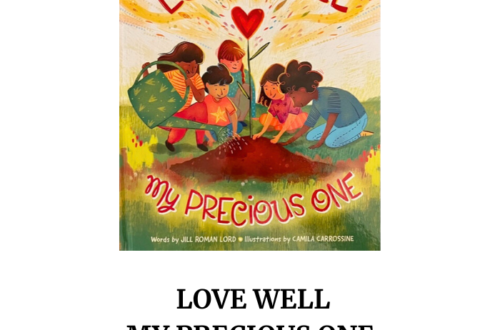
4 Comments
J.D. WIninger
I’ve known of the BMH, but never knew as much as you shared here Ms. Sally. Such an inspiring post ma’am. A reminder that God uses His people yet today to show His goodness in this world. You’re most certainly among them young lady. Thank you!
Sally Matheny
Hi, Mr. J.D.,
Thanks for taking the time to learn more about this amazing place. The next time you visit N.C., you should make plans to visit the Black Mountain Home!
Kathy
What an amazing place! Thank you for telling us about it, and their work will certainly be in my prayers
Sally Matheny
Hi, Kathy,
It’s a beautiful place and you can definitely see God working there. I hope you can visit the BMH someday.